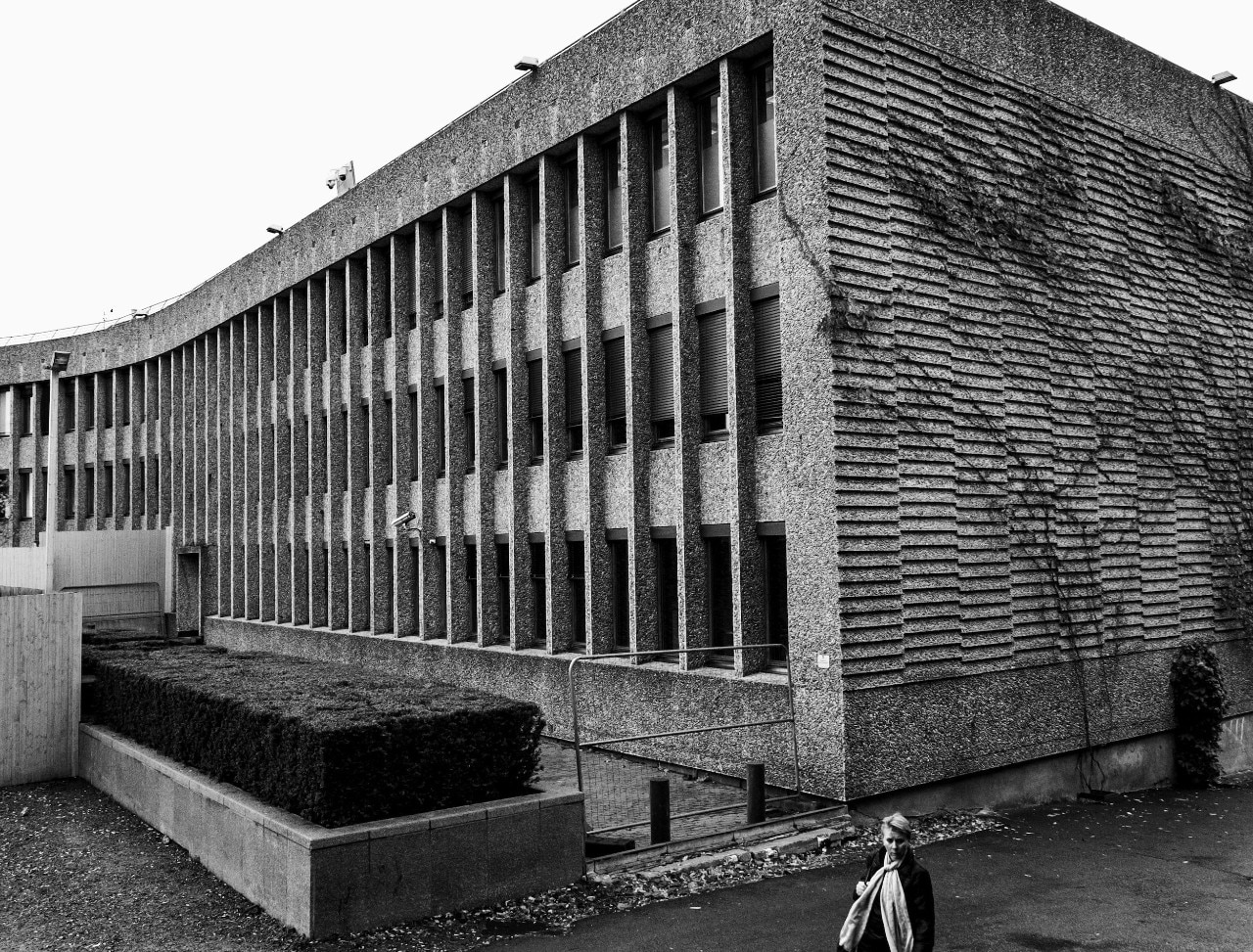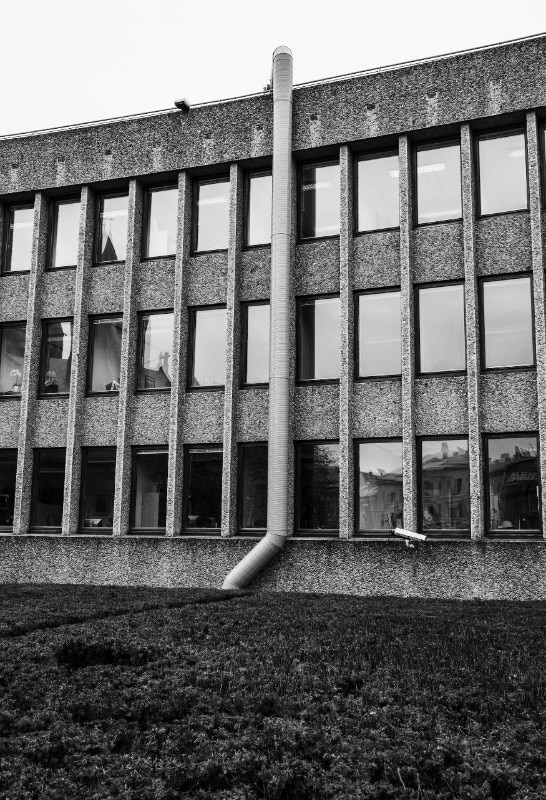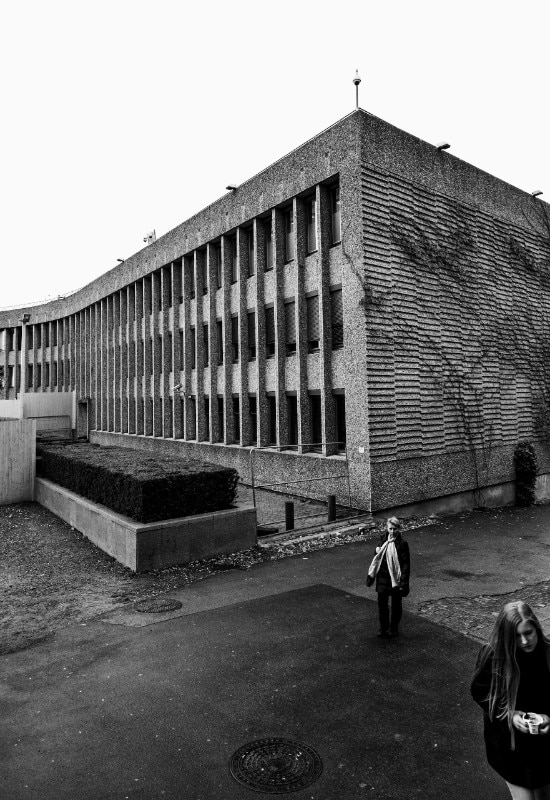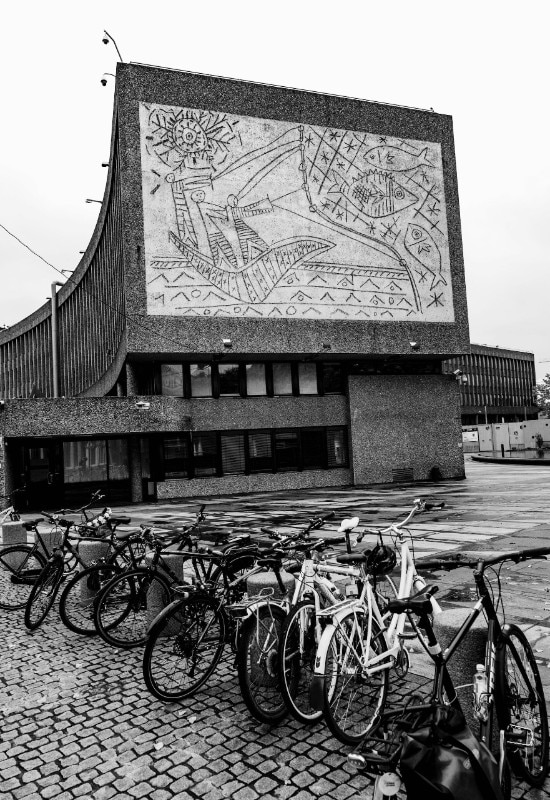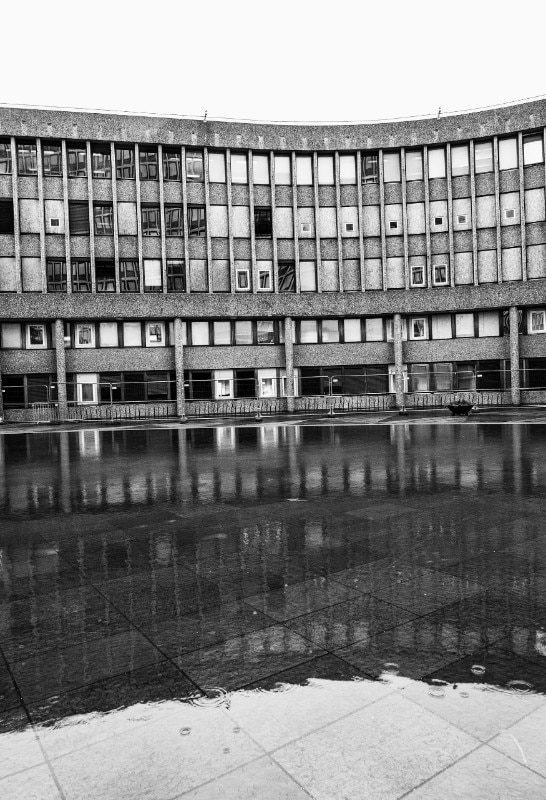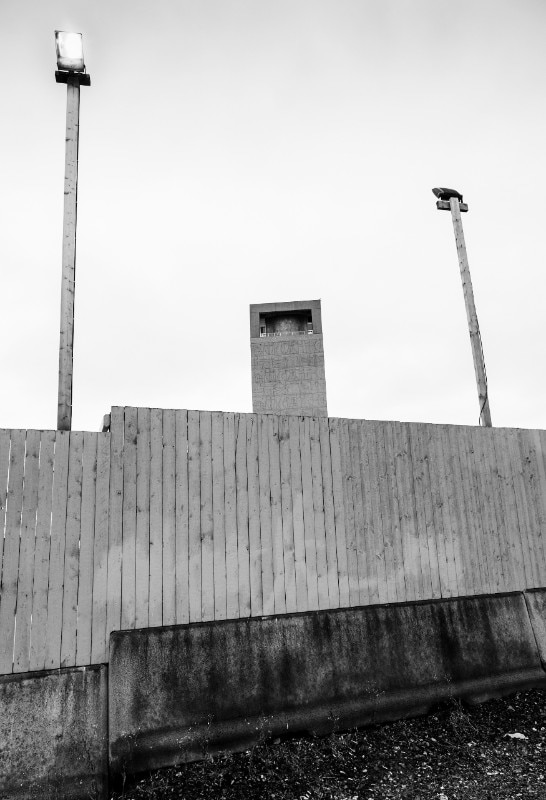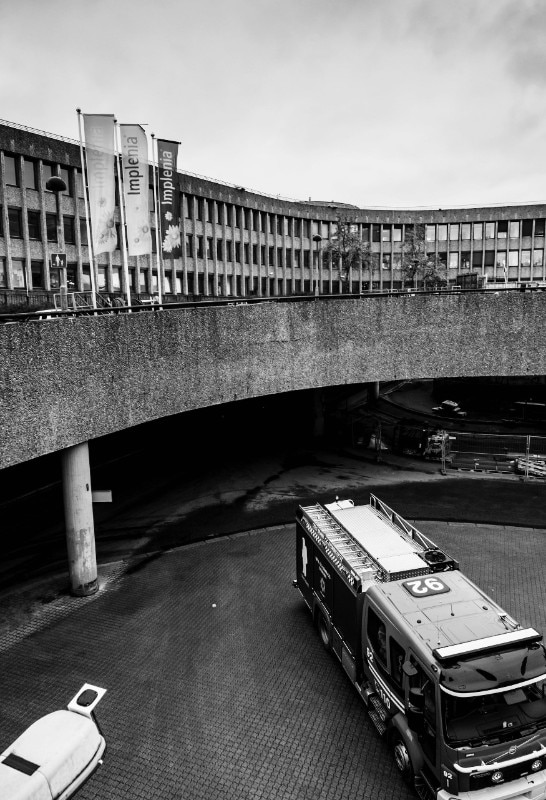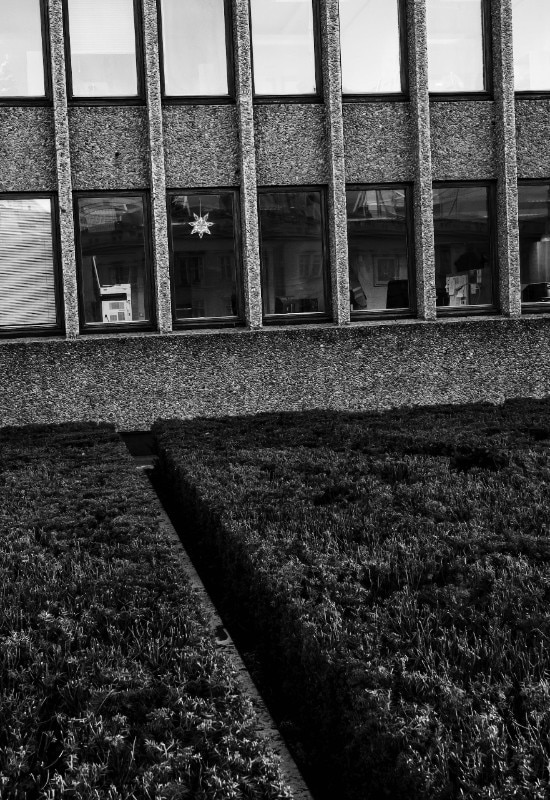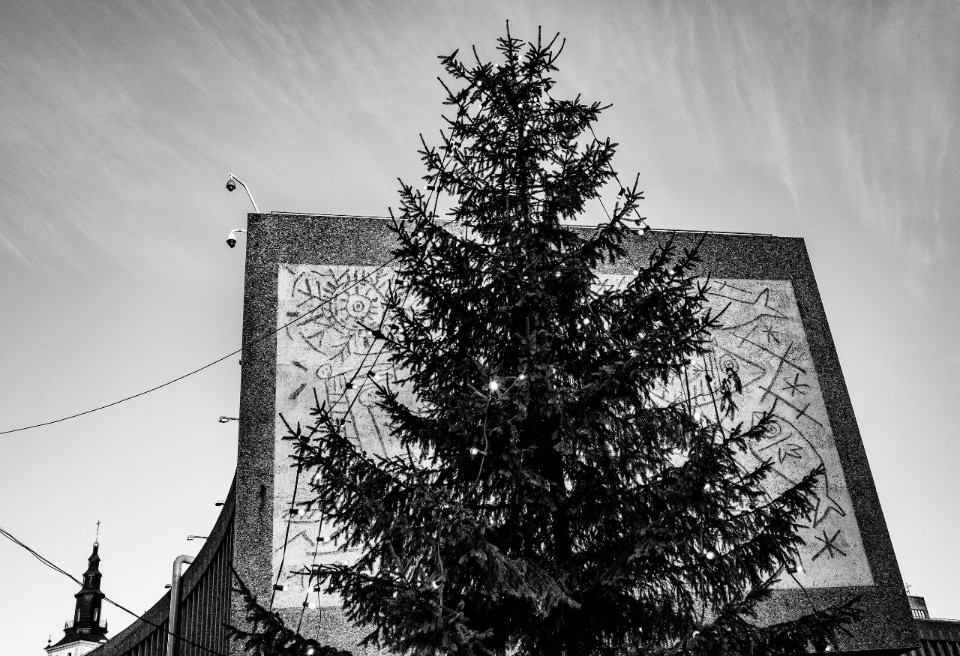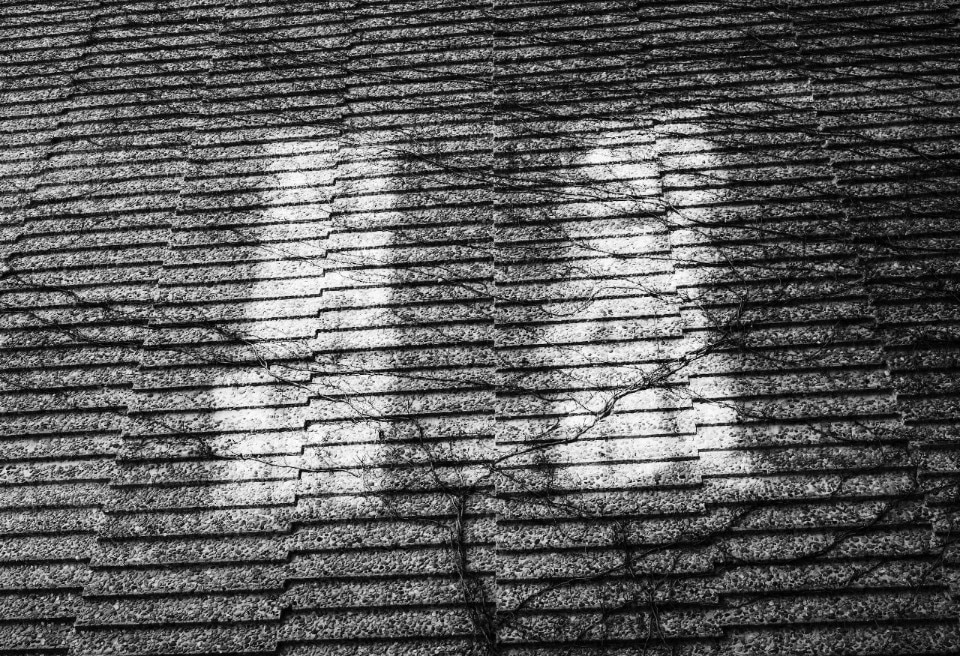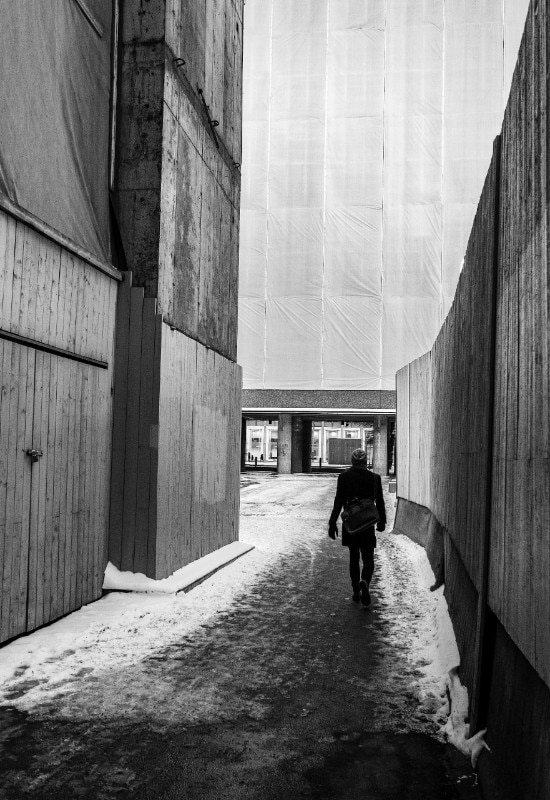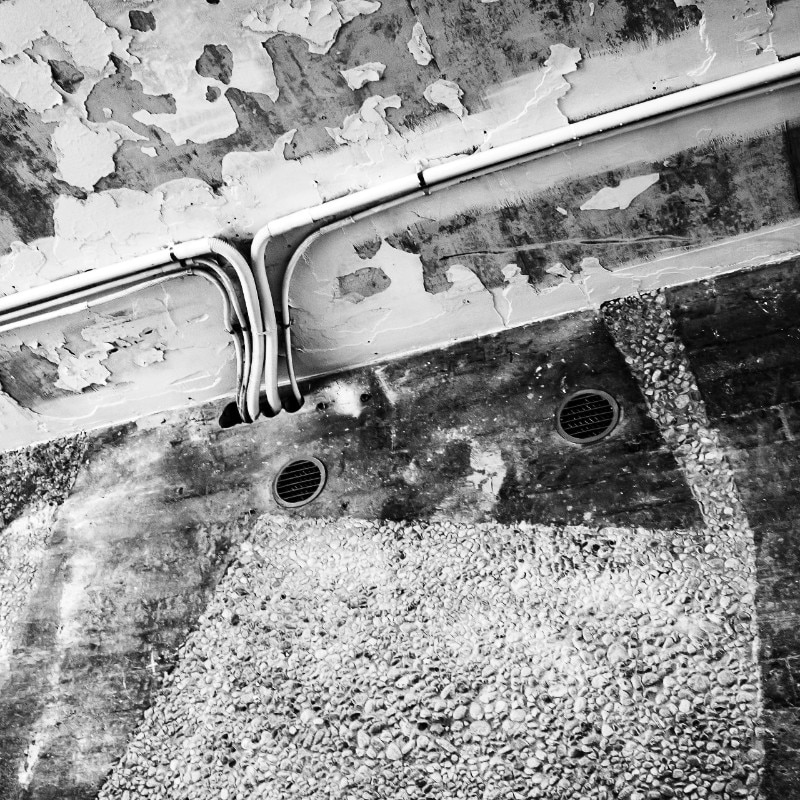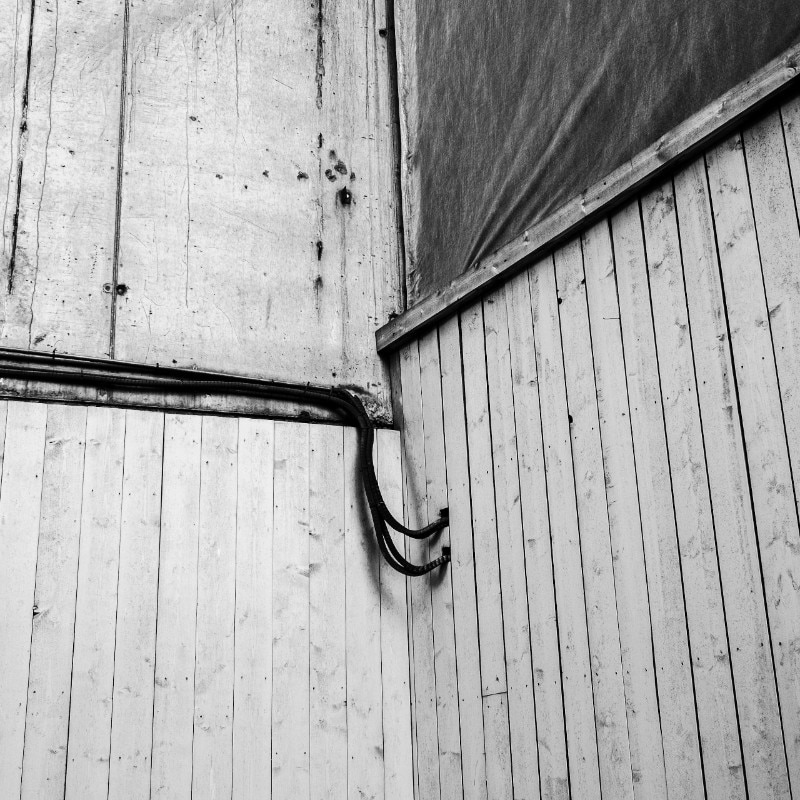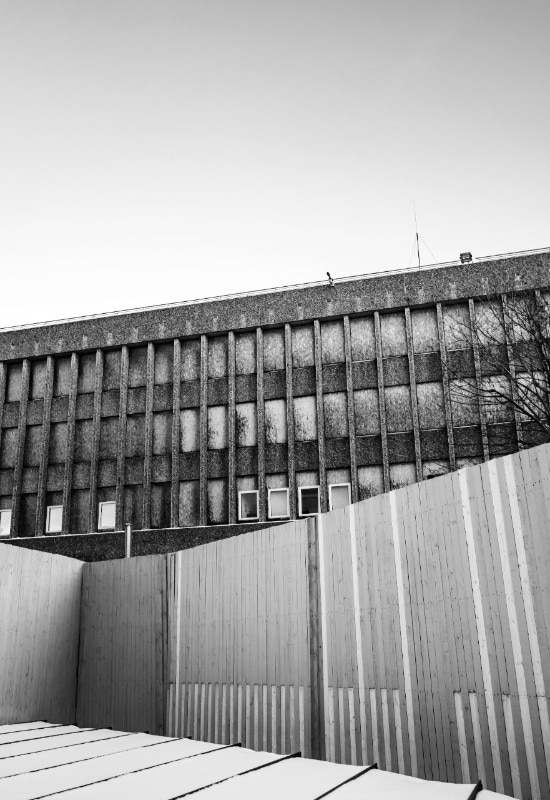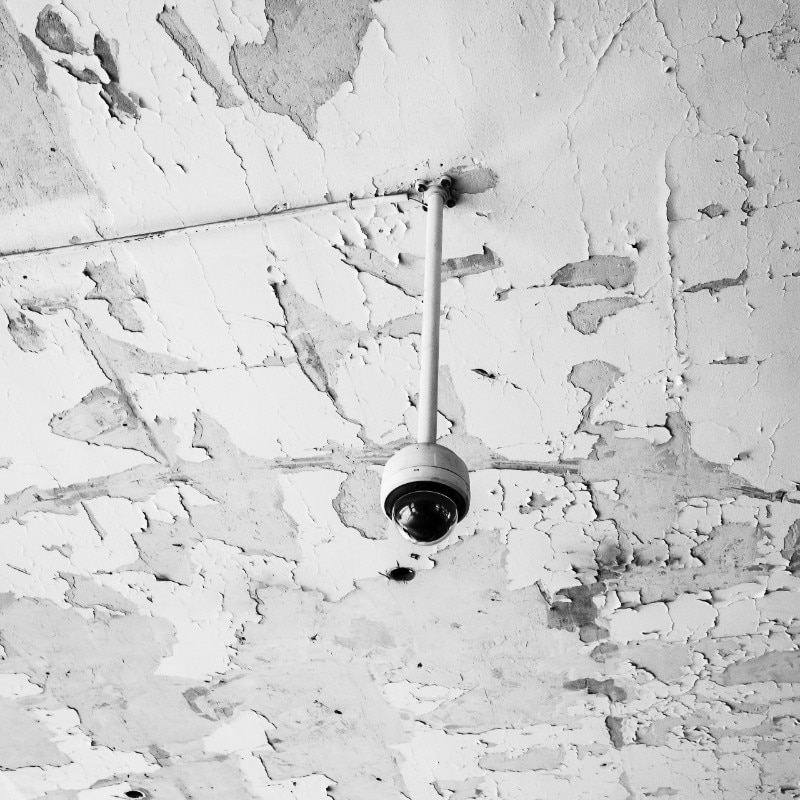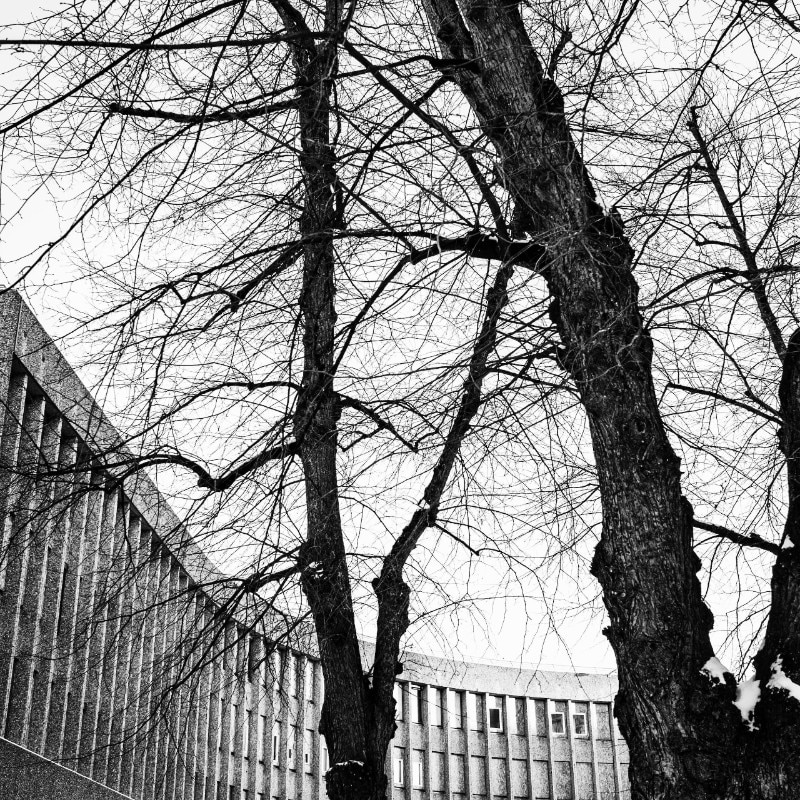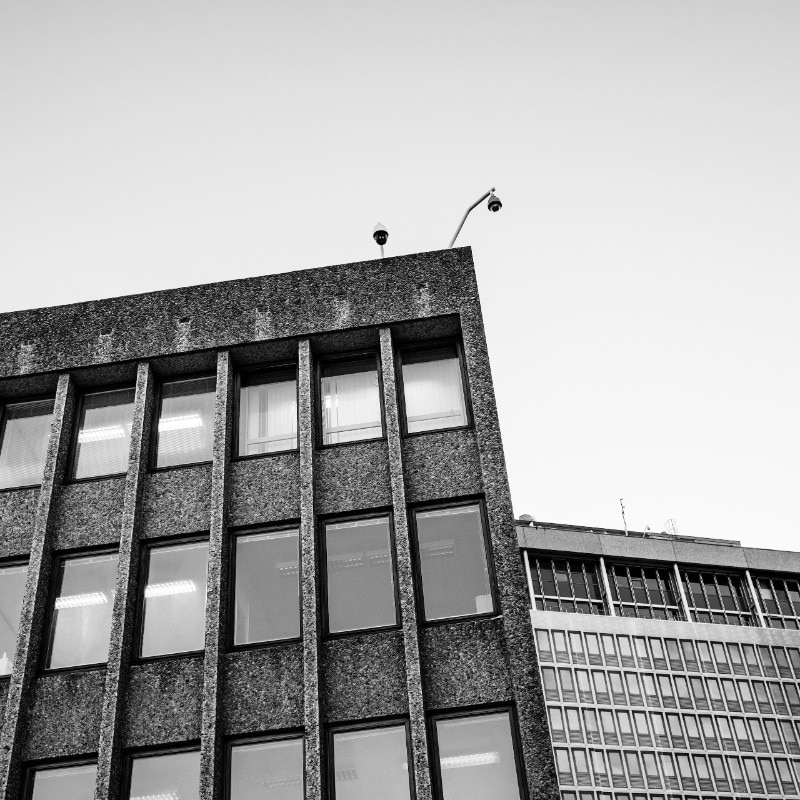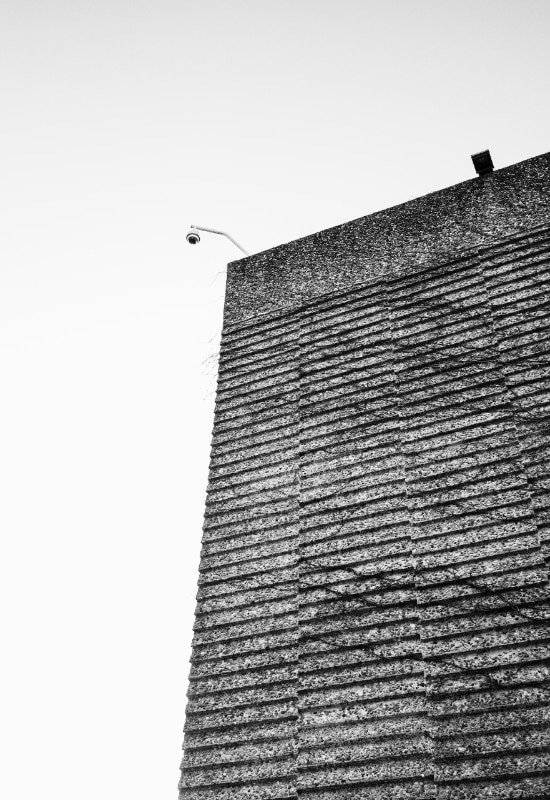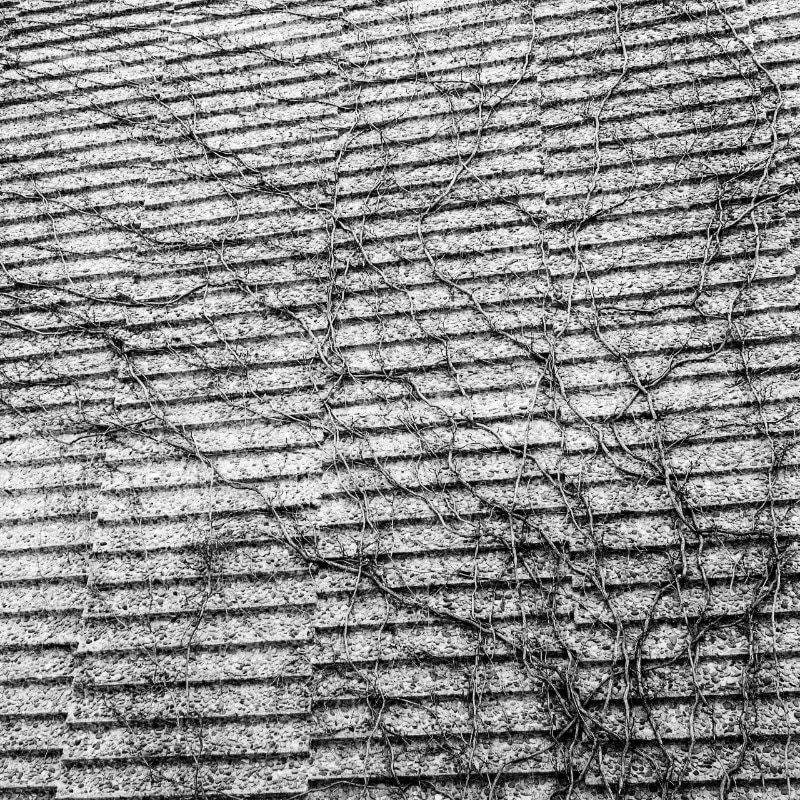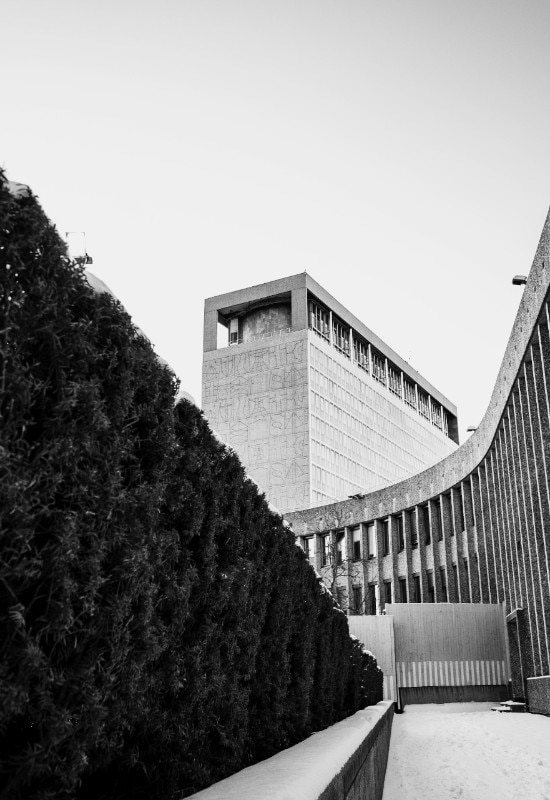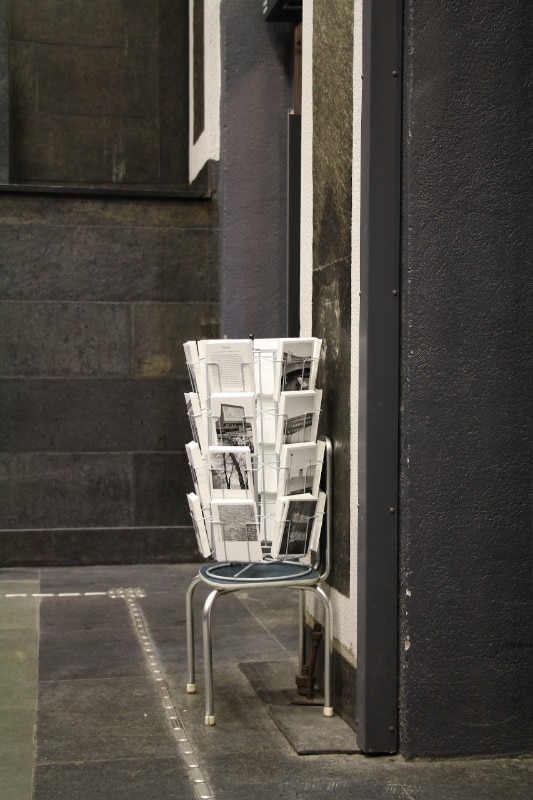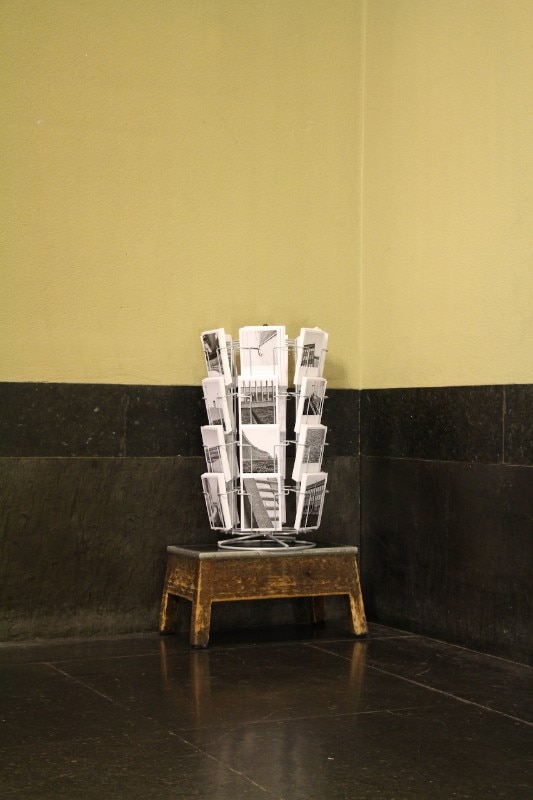The beginning of the demolition work will put an end to the long season of “La Y Stå” (literally: Let Y Stand), but will also see a multiplication of mobilization activities, debates and standpoints, all aiming at protecting Y-Blokka. The security fencing arrived in March 2020, and a week ago the large mural gracing the façade was covered by a green tarp.
All the protests, concerts, art interventions and petitions weren’t enough to protect the historic government complex in Oslo. It is still not clear how the relocation of the site-specific murals that Pablo Picasso destined to this Norwegian brutalist complex will work. In 1959 in the upper floors of the H-block, and later in the end of the 1960s in the Y-block, these magnificent artworks were re-adapted and produced by artist Carl Nesjar, in order to decorate the building designed by architect Erling Viksjø.
This place is impregnated with modernist and sculptural qualities. It owes it to the great influence of the Headquarters of the United Nations in New York, but it still has its own architectural language made of arches and circular forms that can be found in every corner. A wonderful “conch shell staircase”, an upward spiral in the centre of the building, illuminated by a circular skylight reminds of the outside of the adjoining Deichman library.
The majestic Fishermen on the façade and the Seagull at the entrance will remain the symbols of a difficult construction opposed since the very beginning, and a no-longer-existing, postcard-like Norway full of fjords and purity. This architectural gem, characterized by the use of a concrete pioneering technique called “naturebetong”, has become the symbol of the resistance to the new Norwegian architectural style. A brazen cultural policy that break ties with a building, as well as with a past that the Norwegian political class finds embarrassing. Y-Blokka, vestige of Scandinavian welfare, is today but a shadow of itself, as it appears in the wonderful series of black and white photographs and postcards by Katja Høst, produced and distributed last fall at the Oslo Biennial in many strategic points of the city (museums, libraries, hotels).
It has unfortunately become a bulky totemic object that clashes with the real estate propulsion created by the wealth of the oil and financial industry in contemporary Norway. A sort of Emirates syndrome that seems to guide the state real estate agency Statsbygg in its haste to dismantle everything. It has even gone so far as to deny access permits to the architectural experts of the city’s museums wanting to do one last documentation work. Neither the economic crisis nor the new Covid-19 pandemic has stopped the preparations for demolition. It kind of reminds of the endless story of the construction of the Lambda building, the expensive and controversial new Munch Museum, which came right from the Tøyen working-class district and was incorporated into a huge building on the Bjørvika promenade.
Plus the rhetoric of new panoramic viewpoints and the dream of a planetary audience for Oslo’s new museum system. Even the Nasjonal Museum invented an incongruity of structures to abandon the beautiful historic buildings. History gave a symbolic destiny to Y-Blokka, which was spared by the 22 July 2011 attack by Norwegian right-wing supremacist terrorist Anders Breivik. However, the petitions of the Norwegian Association of Architects, the School of Architecture and Design in Oslo and the exhibitions organized by the Henie Onstad Museum on Picasso’s suite 347 were unsuccessful.
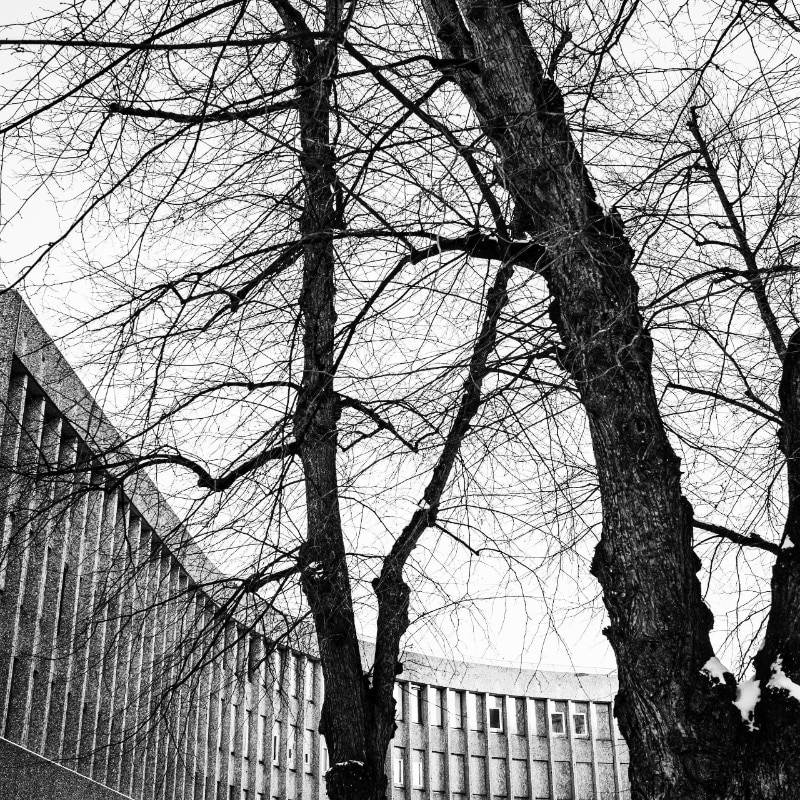
Any attempt to prove that this is a site with a high cultural content has failed. The inconsistencies of this case are many, the security reasons of the government offices can certainly be solved and no serious conservation study has ever been carried out. Alleged savings issues have been invoked, in spite of environmental sustainability. About two years ago, a new project was created and approved. It involves the existing building and six new ones, for a total of about 150,000 square meters and it is estimated to create about 5,700 new jobs. The design is based on two urban squares and a new park, with office buildings, the lower part of which is integrated into the existing urban fabric. The winning team said they designed a timeless scheme that has the potential to improve the central areas of the Norwegian capital.
Here is the Y-Blokk, which despite the heartfelt letter sent from the New York Moma to Norwegian Prime Minister Erna Solberg and the other politicians and administrators involved in this affair will still be the victim of a colossal demolition work. An effective real estate schedule that will give the city yet another quality-less work - on the out-of-tune notes of this sad requiem.


